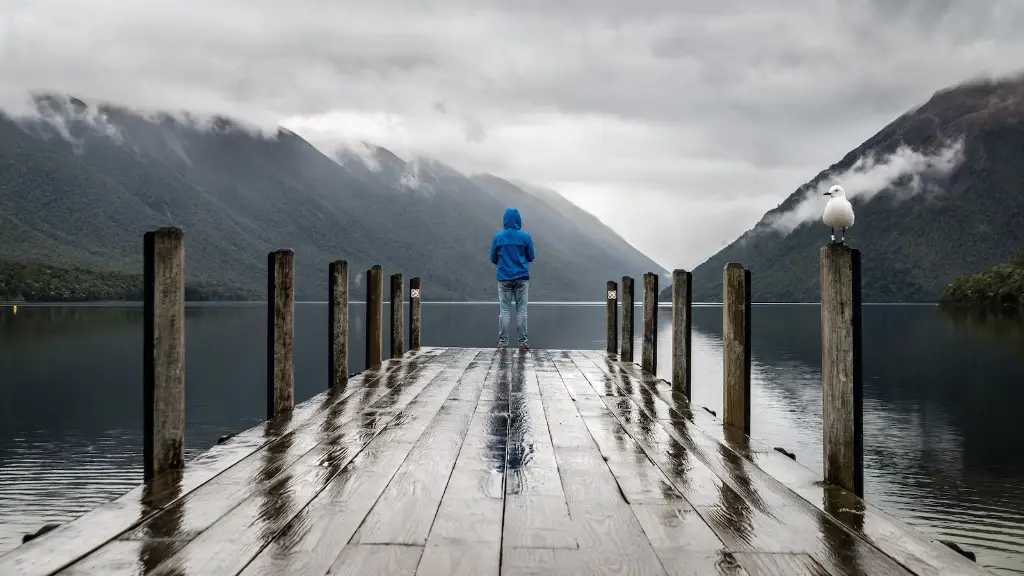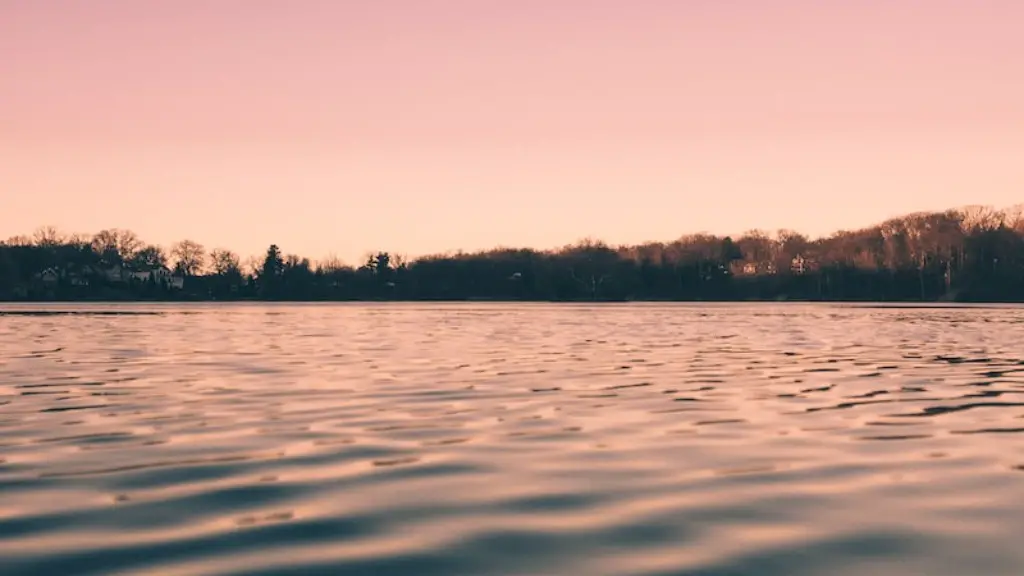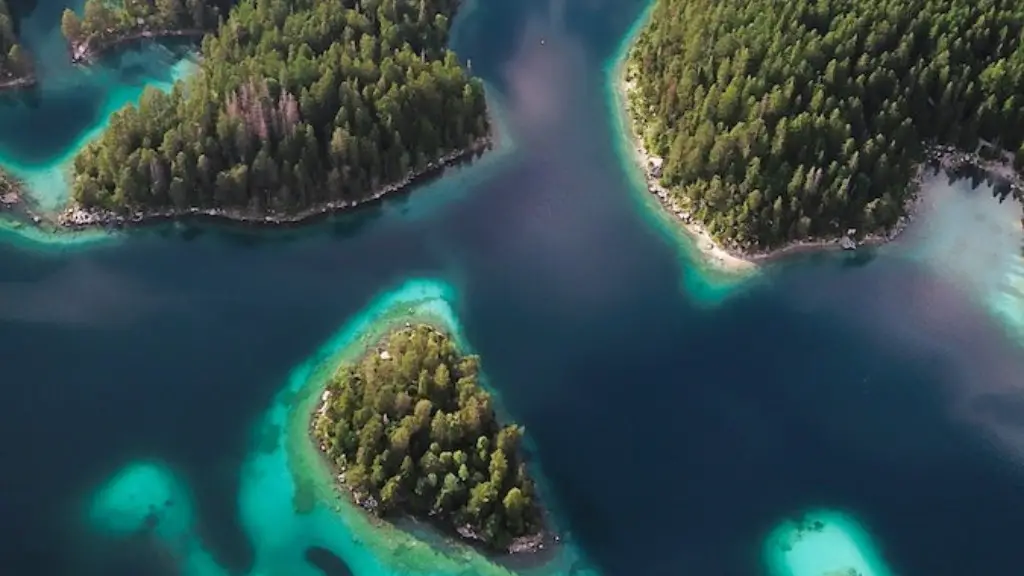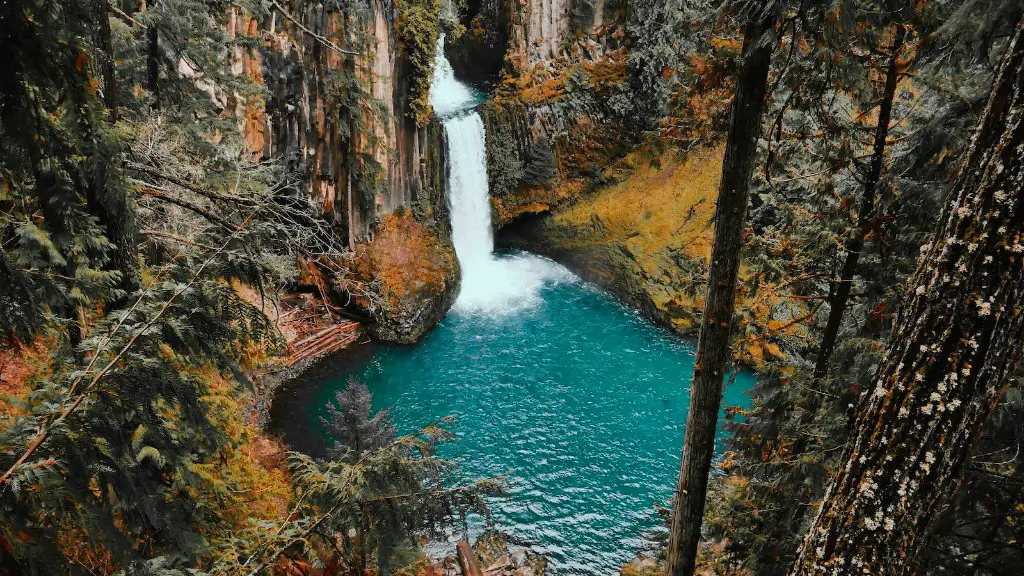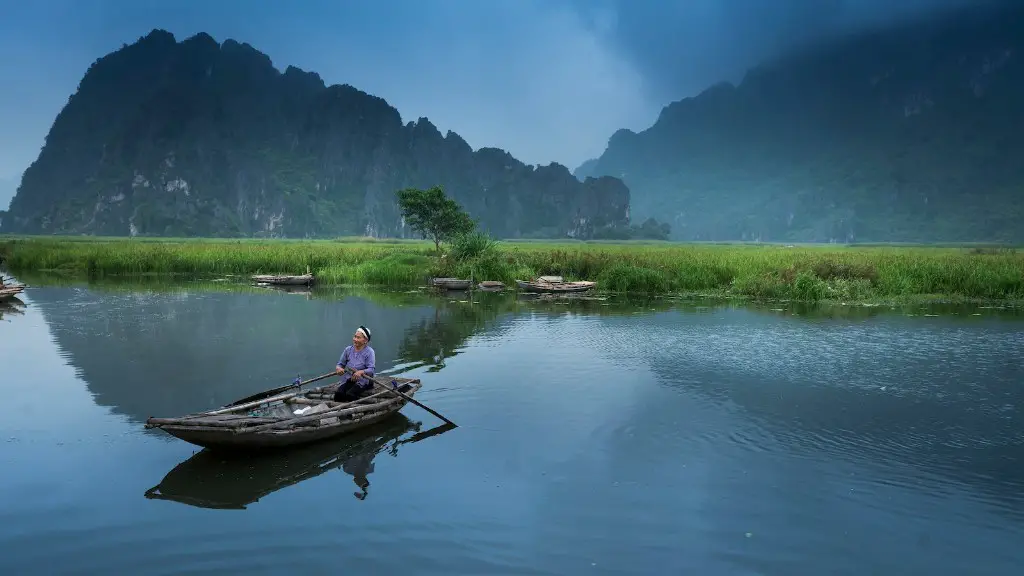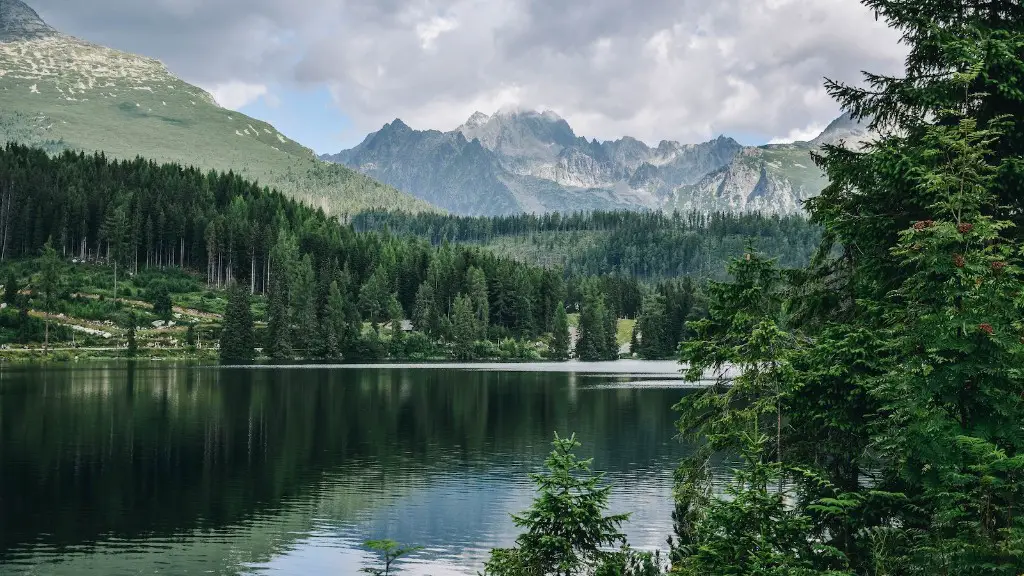Lake Victoria, the world’s largest tropical lake, is the source of the Nile River and is located in East Africa. The lake, which is 270 miles (435 km) long and 140 miles (225 km) wide, is bordered by Uganda, Kenya, and Tanzania. It supports around 30 million people in the lake basin, many of whom rely on the lake for their primary source of income. Though the lake has been in existence for many centuries, it has only had confirmed water levels since the early 1950s.
The lake itself is known for its rich biodiversity, including over 500 species of fish, as well as a large number of amphibians, reptiles, birds and mammals. The lake basin is also an important agricultural region, with the majority of the population relying on the lake and its nutrients for their daily subsistence. In addition, the lake has been a popular tourist destination in recent years due to its spectacular scenery, white sand beaches and abundant wildlife.
The presence of Lake Victoria has played a significant role in shaping the history of the region. For centuries, its waters have been a vital source of sustenance and trade for many communities living along its shores. It has also been the focus of a number of territorial disputes, most notably between Uganda and Kenya throughout the 20th century.
For many years, however, the lake’s future looked uncertain due to the impact of climate change on its water levels. In the early 2000s, Lake Victoria saw a rapid drop in its water levels, leading to widespread concern among conservationists and scientists. This was due to a combination of human-made changes, such as deforestation, urbanization and the increasing extraction of water for irrigation.
In recent years, however, the future of Lake Victoria has become a focus for international efforts to protect the environment. Several large-scale conservation projects, such as the Great Green Wall, aim to restore the lake’s ecosystems. In addition, governments are working together to create more sustainable water management policies to reduce the risk of climate change-induced floods and droughts.
Ecosystem
The ecosystem of Lake Victoria encompasses more than just fish and birds. It is home to a wide range of plant species, including reeds, water lilies and algae. Some of these species are critically endangered and are only found in Lake Victoria or its tributaries. In addition to this diverse flora, the lake is home to an equally wide range of fauna, including hippo, crocodile and water buffalo.
The lake’s fisheries are also an important part of the regional economy. Over 500 species of fish inhabit the lake, and many of these are consumed by the local population or exported to other countries. The fish species that live here range from small tilapia to the giant Nile perch, which can weigh up to 100kg (220lbs) and is a popular commercial export.
The Lake Victoria Basin Commission, established in 2000, is a regional body that is responsible for managing and conserving the lake. The commission is made up of representatives from the three bordering countries, and it is responsible for coordinating joint conservation and development initiatives.
In addition to its conservation efforts, the commission is responsible for monitoring the lake’s water levels and managing any polluting activities in the lake basin. The commission is also responsible for ensuring that fishing is sustainable, and that the lake remains a source of income and sustenance for millions of people in the region.
Protection
In recent years, conservation efforts have been made to protect the lake and its wildlife. The most notable of these is the establishment of the Nile River Basin Initiative, a multi-country agreement to cooperate on the protection of the Nile River and its tributaries. As part of this initiative, a number of conservation zones have been created along the lake’s shoreline, protecting mangroves and the lake’s many species of fish.
In addition to these efforts, a number of awareness-raising campaigns have been launched, such as the ‘Clean Lake Victoria Day’, which was created to encourage residents to take part in pollution-reduction initiatives. In addition, international NGOs have provided support for local conservation projects in the lake basin and have helped to finance the restoration of fish habitats.
The protection of the lake’s biodiversity has become increasingly important in recent years, due to the increasing pressure of climate change on the region. The rising water temperatures, as well as declining water levels, are posing a serious threat to the lake’s fish, birds and plants. Conservationists are warning that if further action is not taken, the lake’s biodiversity could be destroyed.
As climate change continues to threaten the future of the lake, it is important that governments and organisations work together to protect this vital source of sustenance and livelihood for millions of people in the region.
Economy
In addition to its ecological importance, Lake Victoria has been a major economic asset in the region. The lake has been a major transportation route between the three bordering countries, providing an important source of income for those living along its shores. The lake is home to a number of ports and its waters are used for fishing, tourism and cargo transportation.
The lake has also had a major impact on the region’s economy. Over the last decade, the lake has been central to the growth of the tourism industry in East Africa, with its beaches and spectacular scenery drawing millions of visitors to the region every year. In addition, the lake is an important source of energy in the region, with hydroelectric power plants using the lake’s water for electricity generation.
The lake is also a source of valuable minerals. In recent years, the lake has become a major supplier of titanium ore, with most of the ore extracted from coastal areas close to the lake. This has led to rapid economic growth in the region, with the development of towns and cities along the lake’s shores.
In recent years, Lake Victoria has also become increasingly important for global trade. Its strategic location has seen the lake used as a hub for the transport of goods from East Africa to the wider world. In addition, the lake has become an increasingly important source of freshwater for many of the region’s cities, as demand for potable water increases.
Pollution
The health of Lake Victoria is threatened by man-made sources of pollution, such as agricultural runoff, sewage and industrial waste water. In many cases, these pollutants have been discharged directly into the lake, leading to extensive degradation of the lake’s water quality.
In recent years, efforts have been made to reduce the lake’s pollution levels, including the creation of water treatment plants. In addition, a number of local initiatives have been launched to encourage sustainable water use and reduce the amount of waste being discharged into the lake.
However, these efforts are not enough to protect the lake from the threat of pollution. Pollution is still a major problem in the lake basin, and further action is needed to ensure the future health of the lake and its millions of inhabitants.
Climate Change
The lake is also threatened by the impacts of climate change. In recent years, the lake has seen a rapid decline in its water levels, resulting in an increased risk of flooding and drought in the lake basin. In addition, rising water temperatures have led to an increase in harmful algal blooms, threatening the lake’s fish populations and the livelihood of many people who depend on the lake.
The potential impacts of climate change on the lake have led to an increased focus on adaptation strategies, such as the development of drought-resistant crops and the construction of flood defences. In addition, there is a need for improved water management policies to ensure the sustainable use of the lake’s resources.
The future of Lake Victoria is uncertain, but with international efforts to protect the environment, it may yet be possible to safeguard this vital source of sustenance and livelihood for millions of people in the region.
